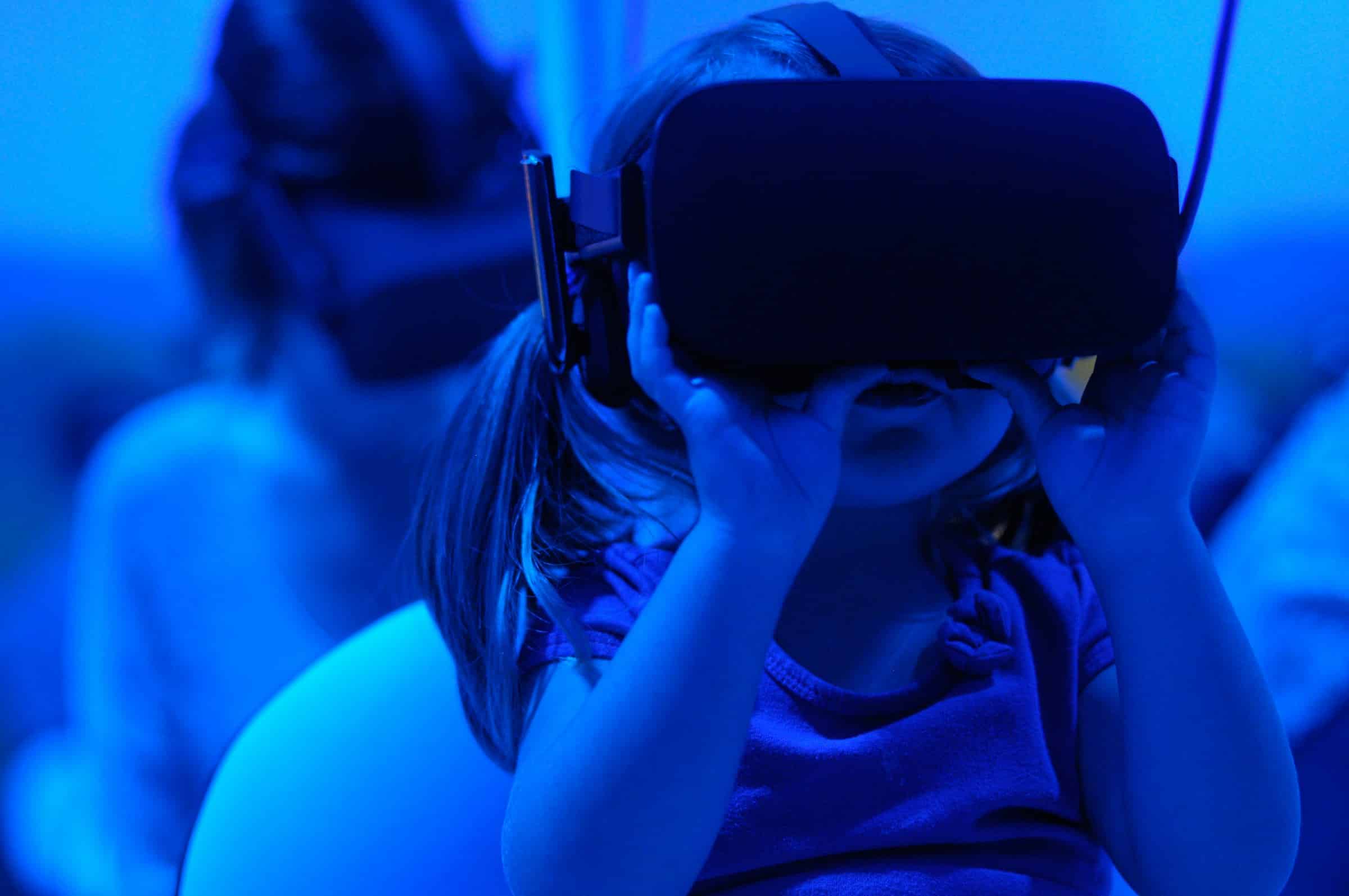In today’s digital age, we find ourselves constantly surrounded by screens. From laptops to tablets, smartphones to digital displays, we are living in a time where digital screens have become an integral part of our lives. However, as much as these devices bring convenience and efficiency to our lives, prolonged screen time has its downside, one of which is digital eyestrain. According to health experts, digital eyestrain is a condition that affects millions of people worldwide and occurs due to extended use of digital screens.
We will delve into the various practices that can help in reducing digital eyestrain, providing you with helpful tips and strategies to safeguard your vision health. We will cover areas such as optimizing your screen settings, exploring the benefits of the 20-20-20 rule, understanding the role of regular eye exams, using correct posture and lighting, and finally, discussing the importance of taking regular breaks.
A lire également : What Are the Psychological Effects of Long-Distance Running?
Optimizing Your Screen Settings
The brightness, contrast, and text size of your digital devices play a significant role in how your eyes react to screen time. A screen that is too bright or too dim can lead to discomfort and eyestrain. Furthermore, small text and low contrast can force your eyes to work harder than necessary, leading to fatigue.
Adjust your screen brightness to match the level of light around you. If your screen looks like a light source in the room, it’s too bright. If it appears dull and gray, it’s probably too dim. Adjusting the text size and contrast for comfort can also help; black print on a white background is the best combination for comfort.
A voir aussi : Can Urban Farming Practices Contribute to Food Security and Nutritional Health?
The 20-20-20 Rule
The 20-20-20 rule is a widely recommended practice by optometrists to reduce eyestrain. This rule is simple and easy to follow. Every 20 minutes, shift your eyes to look at an object at least 20 feet away for at least 20 seconds. This exercise helps to relax the focusing muscle inside the eye, thereby reducing fatigue.
A free app or a timer can be used to remind you to take these regular breaks. By incorporating this practice into your daily routine, you not only reduce the risk of digital eyestrain but also enhance your overall productivity.
Regular Eye Exams
Regular eye exams are essential for maintaining good vision health. They are the cornerstone of catching and treating eye problems early before they become more serious. A comprehensive eye exam can help detect whether you are at risk of digital eyestrain or if you’re already experiencing symptoms.
You should have an eye exam at least every two years, or more frequently if recommended by your optometrist. During the exam, be sure to mention if you use digital devices for extended periods. Your optometrist can then provide personalized advice on how to reduce digital eyestrain.
Correct Posture and Lighting
Your posture and the lighting in your environment can also affect how your eyes respond to screen time. To minimize strain, make sure your computer screen is 20 to 24 inches from your eyes and that the top of the screen is at eye level. This positioning helps you maintain good posture and reduces the strain on your neck and back.
As for lighting, it’s important to make sure that it is neither too bright nor too dim. You should also position your screen to avoid glare from overhead lights or windows. To achieve this, try using curtains or blinds and consider using a glare reduction filter for your screen.
Taking Regular Breaks
While the aforementioned tips are essential, another incredibly practical approach to reducing digital eyestrain is by simply taking regular breaks. Periodic breaks from screen time allow your eyes to rest and can significantly reduce the risk of eyestrain.
Besides following the 20-20-20 rule, make it a habit to take longer breaks as well. For instance, take a 15-minute break every two hours of continuous screen time. During this break, stand up, stretch, and move around to improve overall blood circulation and reduce strain on your entire body, not just your eyes.
In the era of digital screens, it’s inevitable that we spend significant portions of our day in front of them. Whether for work, education, or entertainment, these devices are here to stay. Therefore, it becomes crucial that we adopt these best practices for reducing digital eyestrain, thereby ensuring that our eyes remain healthy. Remember, your vision is priceless, and taking proactive steps can significantly help in maintaining it.
The Role of Blue Light Filters
Exposure to high-energy visible (HEV) blue light is another factor contributing to digital eyestrain. Digital screens, especially those of computers and smartphones, emit a significant amount of blue light. Though not all blue light is harmful, prolonged exposure, particularly in the evening, can disrupt our sleep patterns and lead to digital eyestrain.
Blue light filters can help mitigate this problem. These filters, available as screen protectors or built-in features in many digital devices, work by reducing the amount of blue light emitted by the screen. On most computers and smartphones, you can easily activate this feature in the display settings.
In addition, consider wearing glasses with blue light filtering lenses if you spend many hours in front of digital screens daily. These lenses can block or absorb the blue light, reducing its entry into the eyes.
Remember, though, blue light filters are not a cure-all solution. They should be used in combination with other best practices for reducing digital eyestrain, such as following the 20-20-20 rule, taking regular breaks, and adjusting your screen settings appropriately.
Conclusion
Digital eyestrain is a prevalent issue in our screen-saturated society, but it’s not an inevitable outcome of using digital devices. By adopting the best practices discussed in this article, you can greatly reduce the risk and discomfort of digital eyestrain.
Remember to optimize your screen settings for your comfort and the lighting in your environment. Make it a habit to follow the 20-20-20 rule and take regular breaks from screen time. Don’t overlook the importance of regular eye exams and be proactive in discussing your screen habits with your optometrist. Consider the use of blue light filters if you have prolonged screen exposure, and always maintain a correct posture when using digital devices.
In our digital age, it’s more important than ever to take conscientious steps to protect our vision health. So, don’t wait until symptoms arise. Start implementing these best practices today, and your eyes will thank you in the long run. Remember, your vision health is non-negotiable, and every precaution you take today will contribute to its longevity.






